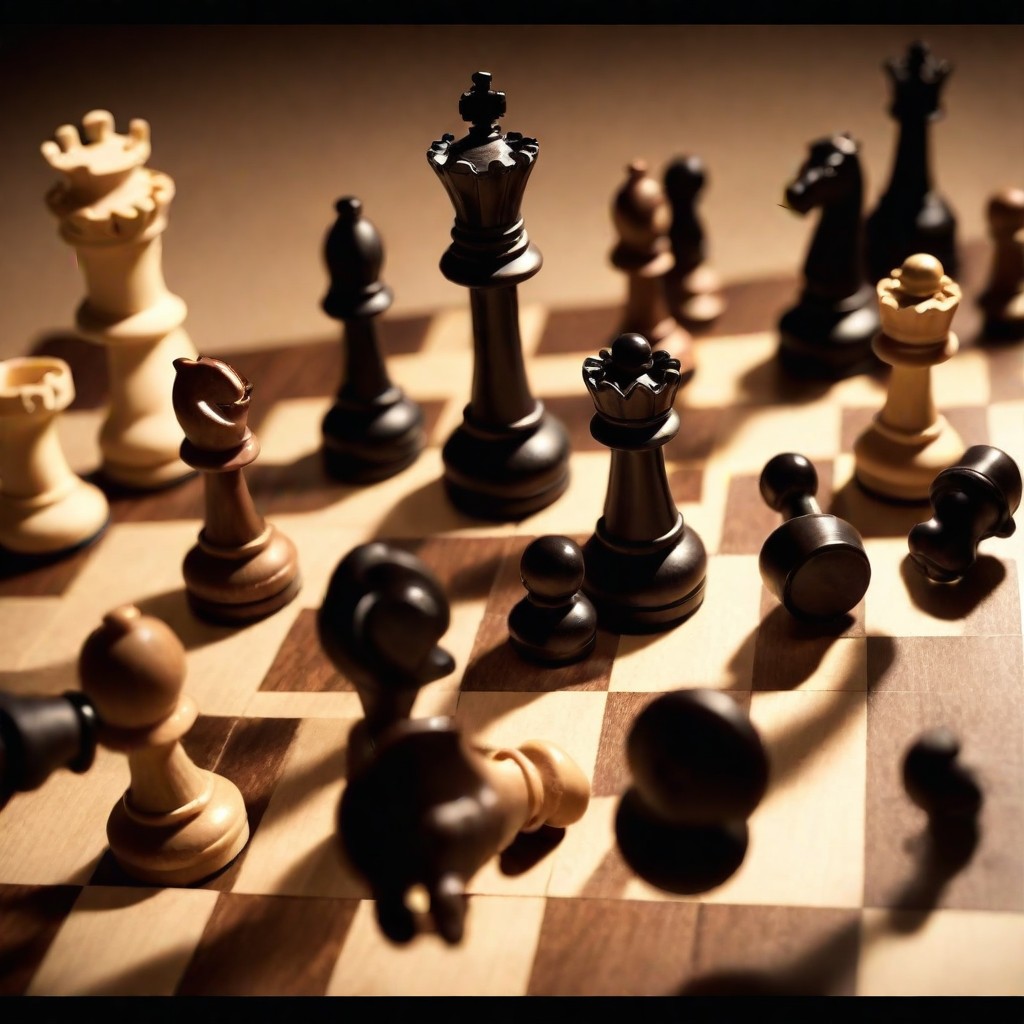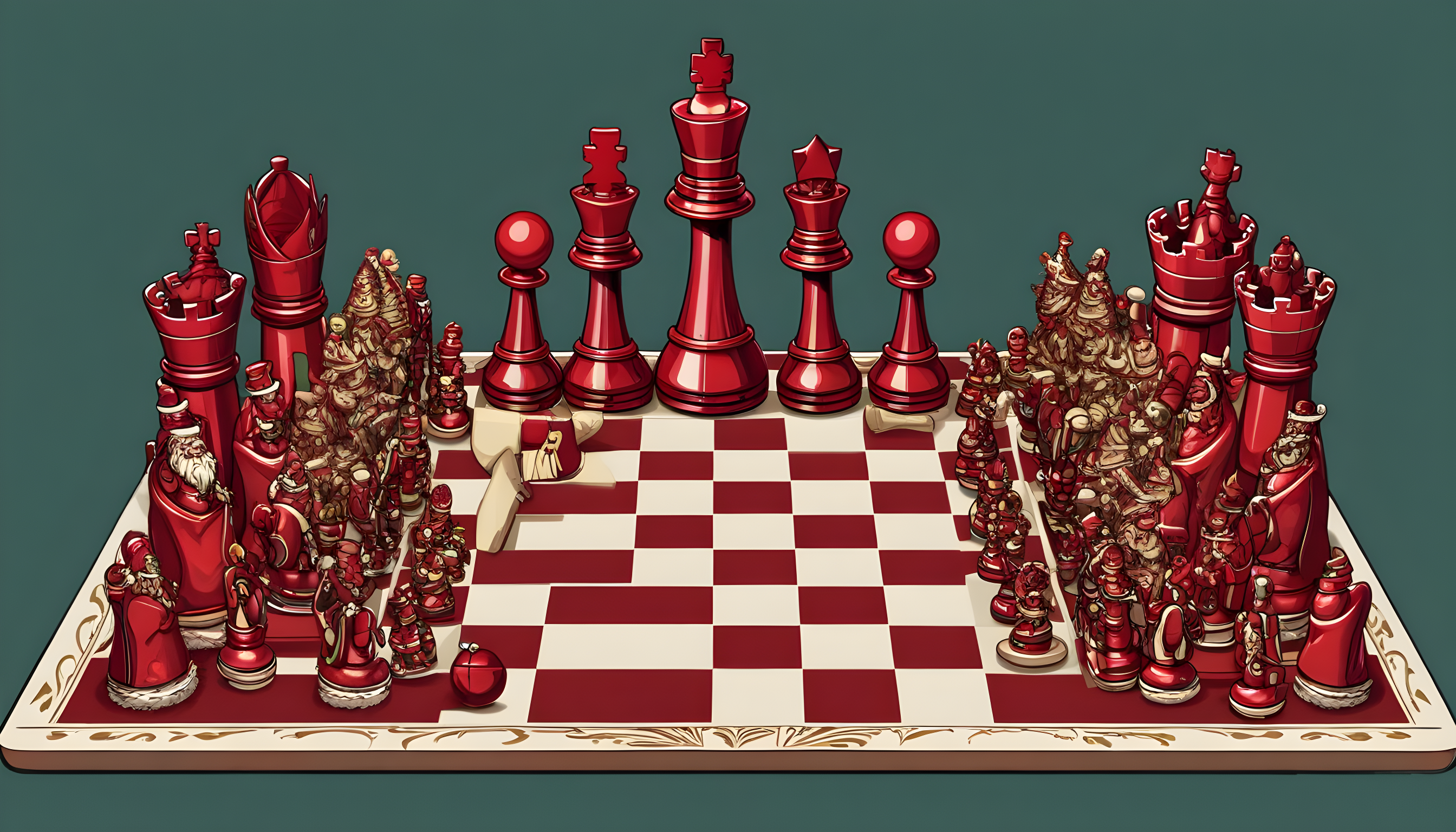In chess, bishops are considered three point pieces that are more valuable than pawns but less so than rooks or queens. Their movement is diagonal and they may only attack squares of one color at once.
Different countries often interpret the cut on a piece’s hat in ways that resembles a mitre.
The Opening
The bishop chess piece has limited range, yet can be extremely effective when used properly. It moves diagonally and can only attack squares that aren’t blocked by another piece or blocked by a pawn; making the Bishop an extremely dangerous long-range piece when used strategically.
The Bishop was introduced as a replacement piece for alfil, which could not move very far and was often stuck in defensive positions. To increase versatility and enhance impact, its movement was made similar to that of castle rook but more obliquely; making this piece extremely popular and still one of the strongest pieces today.
At its introduction, the bishop was represented as a figure that resembled an elephant’s tusk; this is still its common designation in many places such as India (where it’s known as the ‘nagin”), Japan and parts of Europe. But as soon as the game spread into countries that had never seen an elephant before it, its figure came to be known differently and became known by different names; these included: Laufer in Germany; Fou in France and Alfiere in Italy.
As soon as they enter a game, players should aim to place their Bishops in diagonal lines that do not obstruct other pieces or pawns, to maximize their influence over their opponents and increase chances of capturing enemy pieces before they become dangerous.
As a rule, the White Bishop typically begins on light squares while Black Bishop begins on dark ones. Once players move their bishops, it’s important to avoid getting caught by either side; otherwise it could result in points lost. A Bishop can only capture pieces along its diagonal path, so any piece that stops its progress results in loss. A clear strategy and consistency in play may help prevent such losses; to be successful at playing this board game successfully!
The Middle Game
The bishop is among the hardest pieces to master due to its long range. An easy way to imagine it would be like using a sniper rifle – reaching far-off squares while maintaining precise accuracy, but needing practice to fully master. Although difficult at first, bishops can be extremely powerful on open boards thanks to their long reach; especially on flanks.
When placed in one of these positions, a bishop can attack enemy pawns and knights from the side as well as pin an opponent’s rook to its weak point. Additionally, it can play an essential role in midgame by targeting key opponent pieces or pincering them.
A bishop can be an excellent choice at any point in a game due to its range and power; however, its true power lies within your pawn structure when promoted fully. Studying how best to develop the bishop and use him or her can only make your pawn structure stronger!
Learning the utility of the bishop as a defensive piece can also be very helpful. A bishop that becomes trapped between friendly pawns and cannot actively take part in the game becomes a ‘bad’ bishop that does not work well at all, while one that has the freedom of movement can better defend its friendly pawns while attacking enemy pieces more efficiently.
In the late middle game, bishops can become powerful weapons when they control an important diagonal for their color. This typically allows players to promote pieces or limit opponent champion range; additionally, bishops may skewer or pin adversary knights limited by cardinal directions for an advantageous trade-off.
A bishop can move diagonally across any number of squares it wishes, as long as its movement is unimpeded by an occupied piece. Multiple Bishops on adjacent diagonals can control more squares than just one alone and therefore become even more effective at controlling space than one single Bishop alone.
The Bishop: Attack and Weakness Creation
The bishop is an effective piece that can be used to attack enemy pieces and create weaknesses in an opponent’s position. While Grand Masters (GMs) often understand how best to use this piece, lower-rated players often struggle to realize its full potential. If you want to increase your game skills, study how the bishop operates and see if using this powerful piece gives you an advantage in games.
The Bishop enjoys moving along diagonals without being blocked, and its long range allows it to attack from any point on the board – this makes it a very useful asset in endgames where pawns are being promoted and attacked from both sides of the board.
Keep in mind when playing with a bishop that it only can share squares with friendly pieces, making it more difficult for it to defend its territory against enemy pawns advancing on it. Therefore, it’s crucial that as many of your opponent’s pawns stay away from your bishop as possible.
As a result, bishops tend to be more effective than knights in these situations. While knights must travel long distances before choosing whether to attack or defend a pawn against being attacked, whereas bishops can accomplish both tasks simultaneously for maximum effectiveness.
As two bishops can be particularly useful in attacking enemy pawns and weakening an opponent’s defenses, it’s wise to start developing them early in a game. One way of doing this is using fianchetto techniques – creating space for your bishop by pushing your opponent’s pawns forward before attacking with own pieces – to establish early on your bishop pair. Furthermore, practicing these moves and getting your bishops onto the board as soon as possible!
Strategy In chess, the bishop is an exceptionally effective piece that can move diagonally across the board, capturing any pieces it comes into contact with along its journey. Furthermore, its strategic use enables it to control key areas like controlling center of board – where opposing King must be protected – or controlling it directly and thus dominating. A great bishop can make all of the difference in winning any chess game!
A bishop should generally be deployed outside the pawn chain as this will give it more range and protect it from being blocked by your opponent’s pawns as easily. However, care must be taken not to place your bishop into an overly restrictive trap as this will erode its value significantly.
One strategy to avoid this situation is placing your bishop on either the c- or d-file, where it can attack weaknesses on a6 and h5. This will force your opponent’s king into remaining within reach of your bishop so you can force a queening sacrifice from him or her.
Another strategy is to move your bishop into either position e4 or f4. This will provide a strong base for your other pieces, and may force the opposing queen into an undesirable spot – giving your side of the board an advantage in long-term play.
When given the chance, trading your Bishop for a Knight is usually in your best interests. Knights excel at fighting for control of the center board while Bishops can better support other pieces.
The Bishop chess piece wasn’t present in the original Shatranj game; instead it was replaced by an alfil, which could only move two squares diagonally and leap over one piece. It eventually evolved into what we know today as the Bishop around 1700 when its range and other improvements were added on; today it still worths three pawns.




